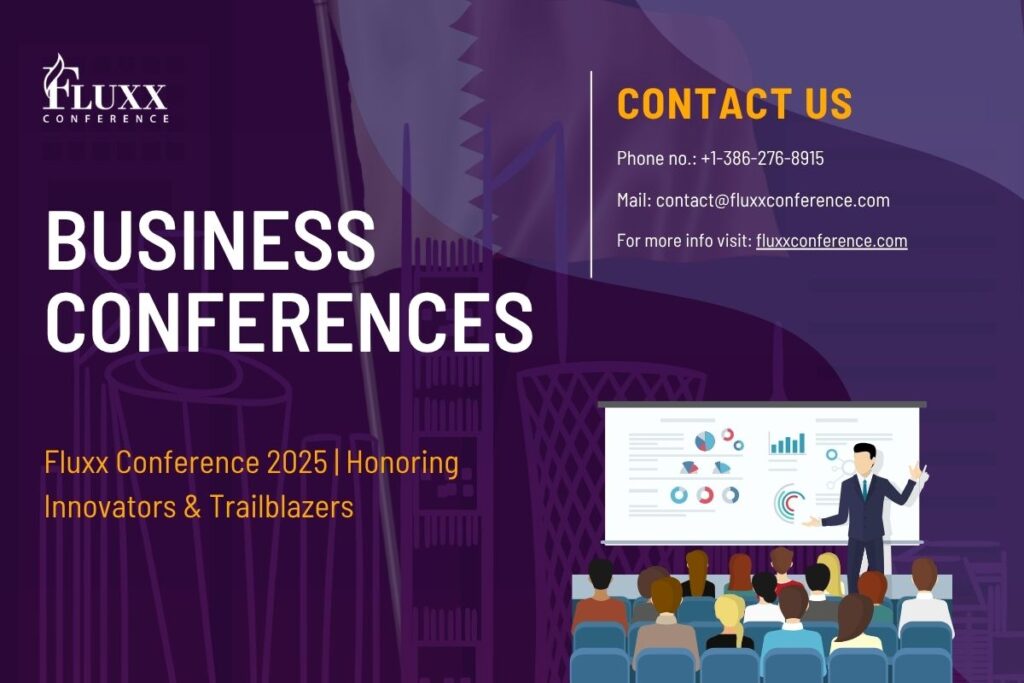In today’s fast-paced corporate world, attending a business conference can often feel like a race against time rather than a genuine opportunity for growth. For many senior executives, schedules are packed, inboxes are overflowing, and deadlines rarely wait. Yet, conferences—especially those in healthcare, IT, or business innovation—offer unparalleled opportunities for learning, collaboration, and advancement. The challenge is not about attending more events, but about attending smarter.
With the right strategies, you can turn every session, conversation, and networking opportunity into tangible outcomes—without burning out or losing focus. Conferences don’t have to drain your energy or disrupt your workflow. When approached strategically, they can become catalysts for professional growth, organizational innovation, and leadership excellence.
Prioritize Your Objectives
Before stepping into the bustling environment of a healthcare IT conference, business summit, or leadership gathering, the most critical step is to define your objectives. Ask yourself: What am I hoping to achieve?
Are you seeking new partnerships, scouting for innovative technologies, identifying market trends, or exploring leadership insights? Clear objectives act as a compass throughout the event, helping you make quick decisions about which sessions to attend and whom to meet.
For instance, if your goal is to identify potential technology vendors, focus on exhibitor zones, demo sessions, and networking events featuring solution providers. If your aim is professional development, prioritize leadership panels and skill-building workshops.
Curate Your Schedule Strategically
Most large conferences—especially healthcare and technology events—feature multiple tracks, keynote sessions, panel discussions, and breakout workshops happening simultaneously. It’s tempting to attend as many as possible, but spreading yourself too thin diminishes your return on investment.
The key is deliberate curation. Choose sessions where the speakers are credible thought leaders, where the content aligns with your goals, and where you can gain immediately actionable insights. Pay attention to emerging themes or technologies that could disrupt your industry in the next few years.
A smart tactic is to review the conference agenda well in advance. Many events release schedules weeks before they start, often via mobile apps or websites. Use this information to build a personalized agenda. Mark priority sessions and identify gaps for networking or reflection time.
Network with Purpose
Networking is one of the most powerful aspects of any business or healthcare conference. It’s where opportunities are born, collaborations are initiated, and ideas gain momentum. However, the mistake many attendees make is treating networking as a numbers game—collecting as many business cards as possible without meaningful follow-up.
Purposeful networking begins with clarity. Identify the type of people who can help you achieve your conference objectives—potential clients, partners, investors, mentors, or industry peers. Then, do your homework. Most conferences provide attendee lists or networking tools beforehand. Use them to connect with key individuals early.
Leverage Technology for Efficiency
Modern conferences have evolved significantly thanks to technology. Event organizers are increasingly using digital tools and mobile applications to streamline scheduling, enhance networking, and improve attendee engagement.
As an executive, taking advantage of these tools can save valuable time and help you operate efficiently during a busy event. Conference apps often include interactive maps, personalized agendas, digital note-taking features, and attendee chat functions. Use them to plan your days, set reminders for key sessions, and coordinate meetings.
Capture Insights and Take Action
The real value of a conference begins after it ends. Once the sessions are over and the crowds disperse, it’s time to transform inspiration into action.
Start by reviewing your notes within 48 hours of returning. Summarize key takeaways, ideas, and potential collaborations. Identify which insights align with your company’s goals and which can be implemented immediately.
Maintain Work-Life Balance During Conferences
For busy executives, conferences can be mentally and physically demanding. Balancing sessions, meetings, and travel often leads to exhaustion if not managed well. Incorporate short breaks into your schedule. Step outside between sessions, hydrate regularly, and prioritize quality rest.
Remember, your productivity depends on your energy. A focused, well-rested executive is far more effective at networking and decision-making than one running on empty.
Conclusion
Attending a healthcare IT conference or any professional business gathering doesn’t have to be exhausting or unproductive. With a strategic mindset, preparation, and the right tools, conferences become platforms for measurable growth rather than just events on your calendar.
By prioritizing goals, curating your schedule, networking with purpose, leveraging technology, and taking action, you transform every conference into a meaningful experience that fuels professional advancement and organizational innovation.

